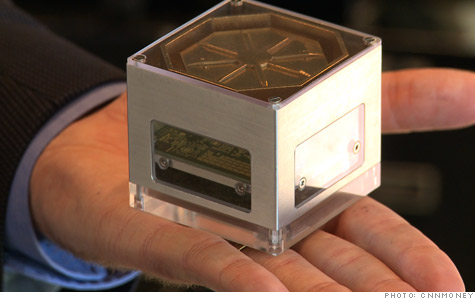For this week, I would like to discuss a new technology category that is changing the way businesses manage and monitor their market and brands. The technology category is called “listening platforms” or also “customer analytics.” With the explosion of blogs, forums, and other internet feedback technologies, companies and marketers now have a wealth of data with which to assess their market and brand strategies. This however also presents a problem; there is too much data. Because of the semantics and idioms of human language, initial listening platforms proved inadequate and incapable of deriving true meanings in large data sets of customer feedback. However, over the past decade, refinements have been made to listening platforms through expansion and innovations in computational linguistics. The end result has been a suite of products that today are widely used by major companies and marketing firms in the e-commerce marketplace.
As of today, the major trend has been the consolidation of smaller listening platforms into larger business intelligence products. Such an example was the acquisition of Talkback by SaaS and other similar acquisitions by Oracle, IBM, and other large BI companies to expand their service offerings. The market though is still young given the vast number of smaller listening platform products that are still in existence and heavily used. A good list of popular listening products can be found here.
At the root of it all, listening platform products scan customer feedback and postings on websites, social media sites (twitter, Facebook, etc.), and user communities were products are discussed. With the current advancements in linguistical intelligence and social media networks, the sky’s the limit for listening platforms, which will certainly change with future acquisitions looming.
